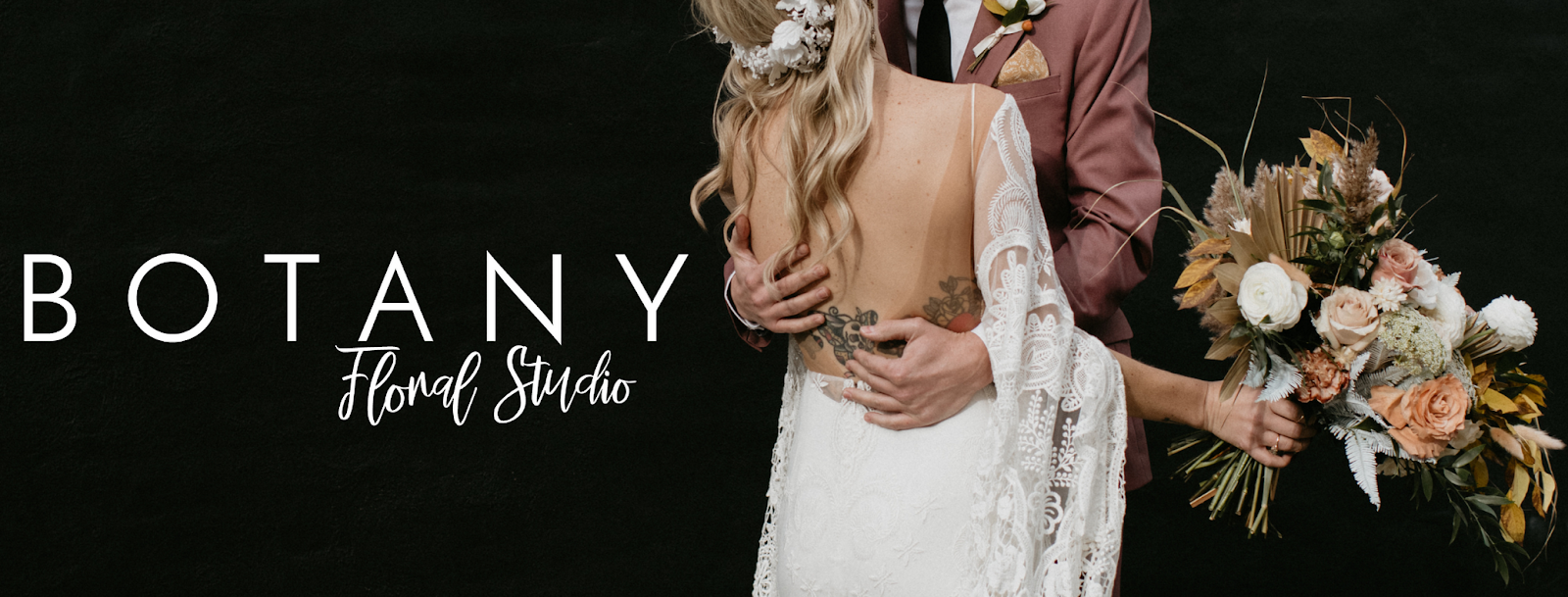Flower Profile: Carnations
Family: Caryophyllaceae
Genus: Dianthus
Species: D. caryophyllus
Carnations are popular for their affordable prices, beautiful blooms, and vibrant colours. They also give you big bang for your buck regarding lifespan, lasting two to three weeks after cutting. The carnation offers a magnificent array of colours, from deep purple, dark red, fluorescent yellow, champagne, soft orange, salmon pink to white or combinations of colours. There are also a variety of different flower shapes. Some carnations are a single bloom, while spray carnations display a bunch of different flowers on a single stem. The petals are eye-catching, with either rounded, serrated or fringed edges.
Origin
Dianthus caryophyllus, commonly known as the carnation or clove pink, is a species of Dianthus. The original birthplace of the carnation is on the coast of the Mediterranean. The Latin name for the carnation is Dianthus, derived from Dios (God) and anthos (flower), making the carnation a divine flower.
Symbolism
Carnation is the birth flower for those born in the month of January.
The popularity of carnation goes back many centuries. The Romans took advantage of its sweet fragrance to make wreaths and fresh eau de toilette out of the petals. We love their delicious clove fragrance!
The carnation symbolizes passion, longing and romance. Renaissance painters in the 15th and 16th centuries chose this flower to appear in their engagement scenes. Centuries later, the carnation is still an appropriate gift for declaring passionate love. Light red carnations represent admiration, while dark red denote deep love and affection. White carnations represent pure love and good luck, while striped (variegated) carnations symbolize regret that a love cannot be shared.
Can't get enough of carnations? Take a look at this beautiful blush and vintage arrangement featuring carnations.







Comments
Post a Comment